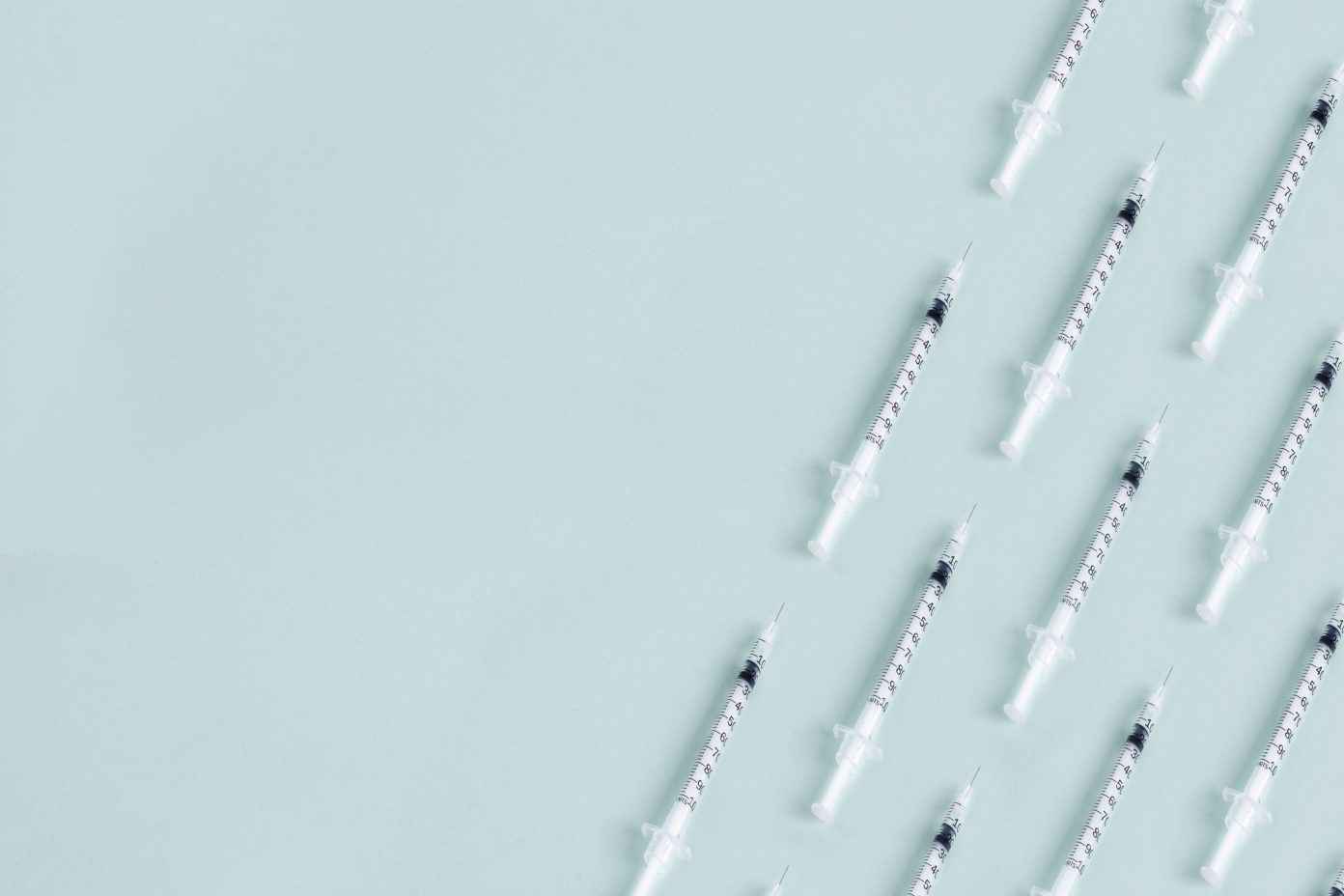American Rescue Plan Act Provides Opportunity for Syringe Access
March 30, 2021
Overview
President Biden signed the American Rescue Plan Act of 2021 (ARPA) into law on March 11, 2021. While most media attention focused on its headline provisions, including $1,400 stimulus checks for many individuals, $350 billion in aid to state, local, and tribal governments, and expansions in the Earned Income Tax Credit and child tax credit, the Act also contains historic assistance for harm reduction programs.

Specifically, ARPA appropriates $30 million for grants to support “community-based overdose prevention programs, syringe services programs, and other harm reduction services.” While not nearly enough to meet the need for such services and a drop in the bucket in terms of the federal budget, this funding has the potential to greatly improve access to harm reduction services. These services, which include the provision of naloxone and sterile syringes, are highly cost-effective, perennially underfunded, and directly impacted by budget cuts associated with COVID-19.
While additional funding for harm reduction services would be helpful no matter the mechanism by which it was delivered, the fact that this $30 million is appropriated in the ARPA has a key implication for one important harm reduction service: the provision of sterile syringes to people who inject drugs. As we explained in a previous blog post, the continuing appropriations act that funds Labor, HHS, and Education forbids the use of funds appropriated in that act to purchase “sterile needles or syringes for the hypodermic injection of any illegal drug,” so although funds appropriated under that act can be used for most other syringe-related services, they can not be used to purchase the syringes themselves.
However, that restriction applies only to funds appropriated in the continuing appropriations act that provides most funding for the day-to-day operation of HHS. The ARPA appropriation, which is to be used for, among other things, “preventing and controlling the spread of infectious diseases,” does not contain the restriction on purchasing needles and syringes. Hopefully that language will be removed from the next HHS appropriations act, but in the meantime these new ARPA funds can be used to fill that gap.
The ARPA grants, which can go directly to community-based organizations, are to be administered through SAMHSA “in consultation with” CDC. Both organizations should act expeditiously to award these grants directly to community-based harm reduction organizations who will use them to provide syringes and other supplies to the hundreds of thousands of already vulnerable individuals made even more vulnerable by the twin epidemics of overdose and COVID-19.
This post was written by Corey Davis, Deputy Director, Network for Public Health Law—Southeastern Region Office; Director, Network Harm Reduction Legal Project.
The Network for Public Health Law provides information and technical assistance on issues related to public health. The legal information and assistance provided in this post do not constitute legal advice or legal representation. For legal advice, readers should consult a lawyer in their state.
Support for the Network is provided by the Robert Wood Johnson Foundation (RWJF). The views expressed in this post do not represent the views of (and should not be attributed to) RWJF.
